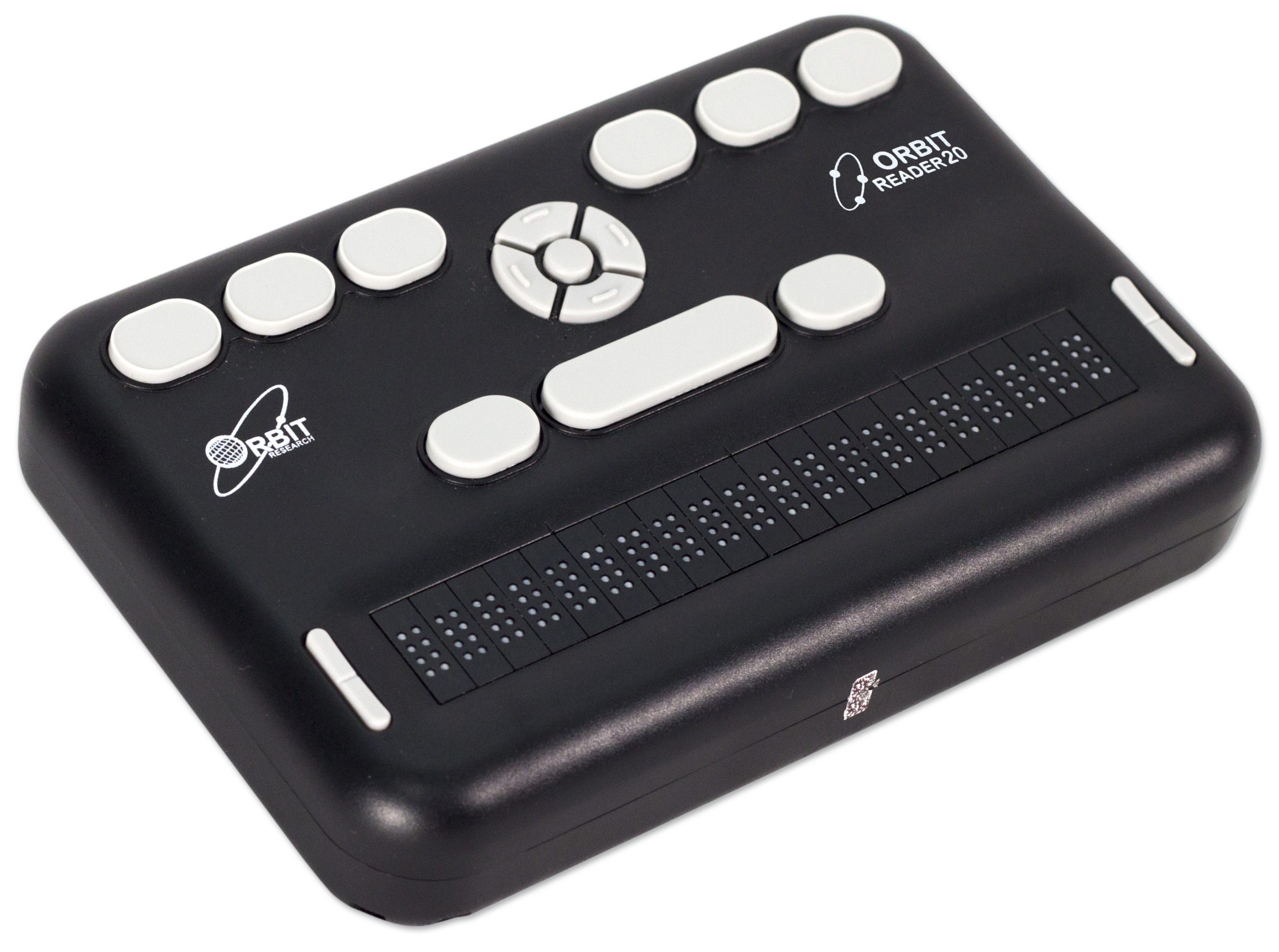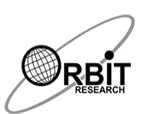Assistive Technology for the Blind: inspired by a blind ten-year-old boy who wanted to read!
"Developing braille literacy skills represents one of the major goals of the education process for students with vision impairment. Fluency and accuracy in reading and writing facilitate access to information, development of knowledge, active participation, functionality, and independence in social contexts. One of the essential factors that can influence the success in the learning process of the braille code consists of the competences of teachers of students with vision impairment who teach braille."(eric.ed.gov, 2019)Close your eyes and imagine living in a world without sight, living while depending on others for help. I remember when I was a youngster, my fourth-grade teacher had us all cover our eyes with our handmade paper-eye masks as she read The Miracle Worker to us. Then we all took turns reading in intervals while the rest had our eyes shielded and imagining what it would be like to be without sight!
"There was a time when most people thought that blind people could never learn to read. A 10-year-old French boy named Louis Braille thought otherwise. Blind from the age of three, young Louis desperately wanted to read. He realized the vast world of thought and ideas that was locked out to him because of his disability. And he was determined to find the key to this door for himself, and for all other blind persons. Inspired by an alphabet code that was being used by the French army, Louis got hold of some of this code, tried it out, and knew that he could improve this alphabet in some way. Louis sat down to think about how he could improve the system of dots and dashes, and although he liked the idea of the raised dots, wanted to do without the raised dashes. The next few days were spent working on an alphabet made up entirely of six dots. The position of the different dots would represent the different letters of the alphabet. Louis used the blunt awl to punch out a sentence. He read it quickly from left to right. Everything made sense. It worked!" (Inspiremykids.com, 2020)
The Braille Alphabet invented by Louis Braille, 10 years old, 1824
Louis Braille's invention continues to inspire new and innovative technology that helps build a world that is more inclusive for people with disabilities.
All network libraries provide access to NLS(National Library Service for the Blind)-produced braille and talking books, and many include Refreshable Braille Displays which are extremely useful assistive technology device that stems from the Braille alphabet!
Refreshable Braille Display Models are not inexpensive! The models below are excessive in cost but things are getting brighter as a new line of inexpensive and models were introduced this year!!! These devices are needed in libraries around the United States and associations, such as the NLS, are coming close to successfully accessing government funding for libraries to have access to these devices! These new models will help libraries access refreshable braille displays affordable to all libraries!
Refreshable Braille Displays
Refreshable Braille Displays provide access to information on a computer screen by electronically raising and lowering different combinations of pins in braille cells. The braille display sits on the user's desk, often underneath the computer keyboard. These displays help patrons learn to use these displays which can help determine which they can choose to purchase for themselves. The advantages of braille displays over synthetic speech are that it provides direct access to information; allows the user to check format, spacing, and spelling; and is quiet. The price of braille displays range from $3,500 to $15,000, depending on the number of characters displayed. Later models of braille displays offer notetaking and file storage capabilities. Some personal digital assistants (PDAs) may be connected to a computer and used as a braille display or speech synthesizer.How Refreshable Braille Displays Work

Good news for libraries with limited budgets.
National Library Service for the Blind and Physically Handicapped to Expand Braille Service

Braille and Talking Book Library
Thanks
to U.S. Senate Bill 3207, passed by the House and Senate in July,
service for Braille and Taking Book Library patrons will expand in the
near future.
The
bill, introduced by Senator Chuck Schumer (D-NY), amends existing law
to generalize the types of equipment that can legally be purchased,
maintained, and replaced for library patrons through the National
Library Service for the Blind and Physically Handicapped (NLS). This
essentially allows NLS to use future funding on refreshable electronic
braille displays for patrons. As the
NLS slogan goes, "So That All May Read."
Orbit Research Introduces the World’s Most Affordable 40-cell Braille Display
The
full-featured Orbit Reader 40 offers the highest quality braille at a
price that is a fraction of the cost of similar devices
Anaheim, California – March 11, 2020 –Orbit Research announced the launch of the Orbit Reader 40 refreshable braille display and notetaker today at the 35th annual CSUN Assistive Technology Conference. It is the world’s most affordable, full-feature 40-cell braille device, priced at a fraction of the cost of similar devices. Based on the revolutionary Tactuator™ braille technology from Orbit Research, the Orbit Reader 40 provides signage-quality braille in a compact hand-held device with 40 eight-dot braille cells with cursor routing keys and a Perkins-style braille keyboard.
High-cost Refreshable Braille Display Models
- ALVA BC680: Compact 80-cell braille display designed to work with a variety of products including PCs, Apple computers, mobile phones and PDAs. Includes Bluetooth and USB connectivity and built-in Windows access utility. The ALVA BC680 is like having two braille displays in one device. It's the only 80-cell braille display that offers simultaneous connectivity with two PCs/Macs. Or you can connect one PC/Mac and a Smartphone.
- Braille Wave: Forty-character braille display with a built-in notetaker. May be connected to a notebook computer. Software package supplied allows notes to be easily transferred to Microsoft Word on a personal computer. Can be connected to a computer through either a serial cable or Bluetooth (optional).
- Brailliant B 80: Small, light and compact display for use with desktop or laptop computers. Offers both Bluetooth and USB connectivity.
- Easy Braille: Forty-cell braille display with USB or optional Bluetooth connection. The braille display is concave, so the user's fingers fall directly on the braille characters.
Undergraduate Student Education Programs Regarding Braille Literacy, https://files.eric.ed.gov/fulltext/EJ1230765.pdf Argyropoulos, Vassilios; Hathazi, Andrea; Nikolaraizi, Magda. Higher Education Studies, v9 n4 p44-57 2019
Inspire My Kids, Louis Braille – While Just A Teen, He Became a Pioneer for the Blind! https://inspiremykids.com/2015/louis-braille-while-just-a-teen-he-became-a-pioneer-for-the-blind/
American Federation for the Blind, Refreshable Braille Displays, https://www.afb.org/node/16207/refreshable-braille-displays
What is a braille display tactile electronic display for the blind, https://www.youtube.com/watch?v=GxiMUnJVLDM



Thank you Keely for the review! I just revised my post to address this issue as libraries around the United States do not have funding (especially now) for these needful devices! I researched and could not believe that only last month NEW and inexpensive models were just introduced!
ReplyDeleteStay safe and take care!
Thanks for the great post, Monica, I learned a lot! It was encouraging to read that they just came out with new more affordable models. That is always the difficult part about many of these devices is that they are so costly, which is so very unfortunate. I came across the NLS as well and it seems like a wonderful organization that offers a lot of services.
ReplyDeleteThank you Courtney!!!
Delete